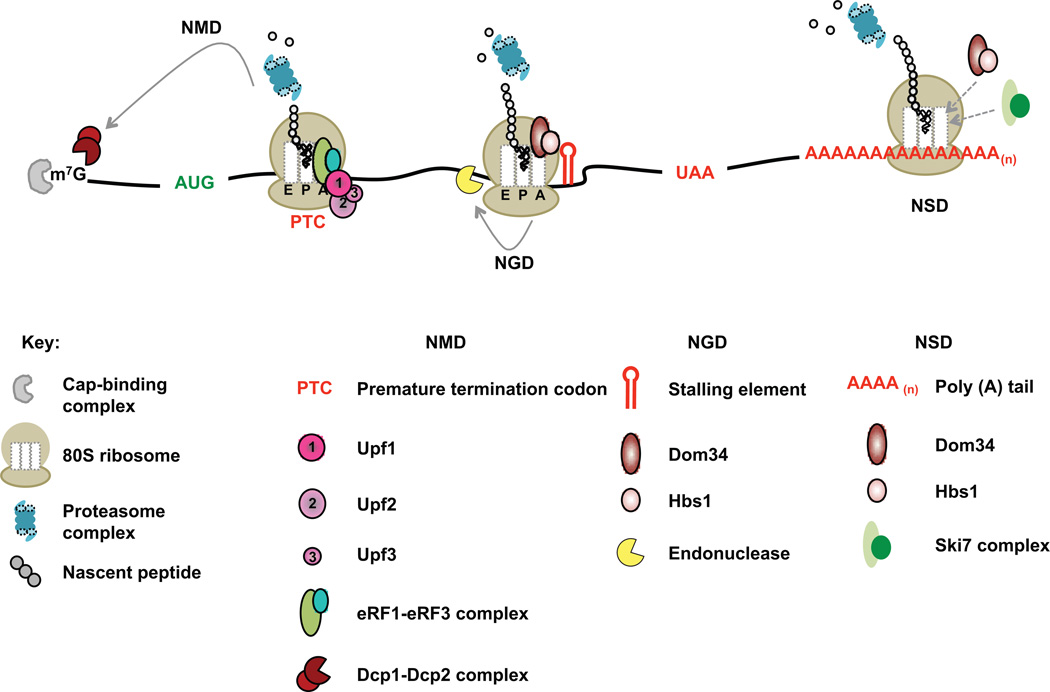Figure 2. Abnormal translational events leading to accelerated mRNA decay.
The three major mRNA surveillance mechanisms are represented on the same mRNA. Initiation of NMD, NGD, and NSD involve recognition of abnormal translation events – a premature termination event (NMD), an elongation stall (NGD), and poly(A) translation (NSD), respectively. Recognition of the abnormal ribosomal complexes is followed by mRNA decay and proteasome-mediated degradation of the nascent peptide in all three pathways. In NMD, following recognition of a premature termination event by the Upf factors, the mRNA is subjected to accelerated decapping involving the Dcp1-Dcp2 complex. Recognition of a stalled ribosomal complex in NGD is followed by endonucleolytic cleavage of the mRNA upstream of the stalled ribosome in a Dom34-Hbs1-dependent manner. Translation of the poly(A) tail in NSD leads to recruitment of Ski7 and the exosome to the stalled ribosomal complex. Subsequent degradation of the mRNA body (in all three pathways) involves canonical 5’-3’ degradation by Xrn1 and 3’–5’ degradation by the exosome complex.

